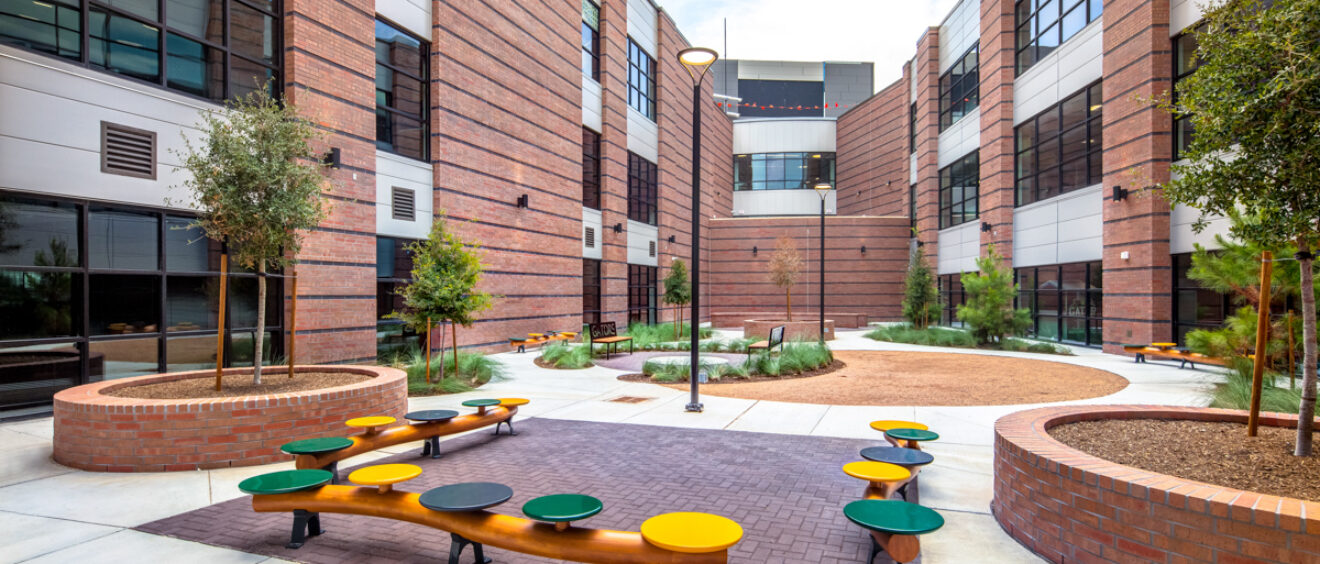
Ethical Considerations for Architectural Photography: Respecting Copyright & Privacy
Houston, we have a situation! A beautiful situation, mind you, filled with breathtaking skyscrapers, historic landmarks, and stunning residential designs just begging to be captured. Architectural photography is a rewarding pursuit, allowing us to appreciate the artistry and innovation behind these structures. However, it also comes with responsibilities. Just as an architect carefully considers the impact of their design on the environment and its inhabitants, a photographer must tread carefully, respecting copyright laws and the privacy of those who occupy or own these spaces.
Let’s delve into the ethical considerations that come with architectural photography, ensuring our passion for capturing beautiful buildings doesn’t overshadow our respect for the rights and privacy of others.
Copyright: Understanding Ownership and Permissions
Copyright law protects original works of authorship, including architectural designs. This means that the architect or firm behind a building’s design holds the copyright to its visual representation. So, while you’re free to admire and photograph a building from public spaces, using those images for commercial purposes might require permission from the copyright holder.
Privacy: Respecting People and Their Spaces
While buildings are the stars of architectural photography, people often inhabit or own these spaces. It’s crucial to respect their privacy and avoid capturing identifiable individuals without their consent. This is especially true when photographing residential architecture.
Remember, a beautiful building doesn’t justify invading someone’s privacy. Always be mindful of people’s presence and ask for permission before including them in your shots. A friendly smile and a brief explanation can go a long way in building trust and ensuring a positive experience for everyone involved.
Trespassing: Knowing Your Boundaries
The thrill of capturing a unique angle or perspective can sometimes tempt us to push boundaries. However, trespassing on private property is never acceptable. Not only is it illegal, but it also damages the reputation of the photography community.
Always seek permission before entering private property, even if it’s just a quick peek. Respect “No Trespassing” signs and avoid entering restricted areas. Remember, there are plenty of beautiful buildings and public spaces to photograph without resorting to trespassing.
Commercial Use: Obtaining the Necessary Releases
If you plan to use your architectural photographs for commercial purposes, such as selling prints or licensing them for advertising, obtaining the necessary releases is crucial. This includes property releases from the building owner or manager, as well as model releases from any identifiable individuals in your photos.
Don’t assume that just because a building is publicly accessible, you’re free to use its images for commercial gain. Always clarify usage rights and obtain the necessary releases to avoid legal complications.
Editing and Manipulation: Maintaining Authenticity
While post-processing is a common practice in photography, it’s important to maintain the authenticity of the architectural subject. Avoid excessive manipulation that alters the building’s appearance or misrepresents its character.
Remember, architectural photography is about capturing the essence of a structure, not creating a fantasy. Strive for honesty and transparency in your editing process. Let the building speak for itself, and your photos will resonate with viewers.
Building Trust: Communicating with Your Subjects
Whether you’re photographing a private residence or a public landmark, clear communication is key. Let people know who you are, what you’re doing, and how the photos will be used. Be upfront and transparent about your intentions.
Building trust with your subjects not only ensures a smoother photography experience but also opens doors for future opportunities. A positive interaction can lead to referrals, testimonials, and even repeat business.
Giving Back: Contributing to the Architectural Community
As architectural photographers, we benefit from the creativity and ingenuity of architects and designers. Consider giving back to the community by sharing your work, offering workshops, or volunteering your services for local projects.
Supporting the architectural community fosters a sense of collaboration and mutual respect. It’s a way to express gratitude for the inspiration we draw from these structures and contribute to the preservation and appreciation of architectural heritage.
Bayou City 360: Your Ethical Photography Partner
At Bayou City 360, we’re committed to ethical and responsible photography practices. We understand the importance of respecting copyright laws, privacy, and the integrity of architectural subjects.
Our team of experienced photographers adheres to the highest standards of professionalism, ensuring that every shoot is conducted with integrity and respect. We prioritize open communication, transparency, and obtaining necessary permissions to protect both our clients and the subjects of our photographs.
Whether you’re an architect, a real estate agent, or a business owner, you can trust Bayou City 360 to capture stunning images of your projects while upholding the highest ethical standards. We believe that beautiful photography and ethical practices go hand-in-hand, and we’re dedicated to delivering both.
So, let’s capture the beauty of Houston’s architecture together, responsibly and respectfully. Contact Bayou City 360 today and let’s create images that tell a story, inspire awe, and leave a lasting impression.
